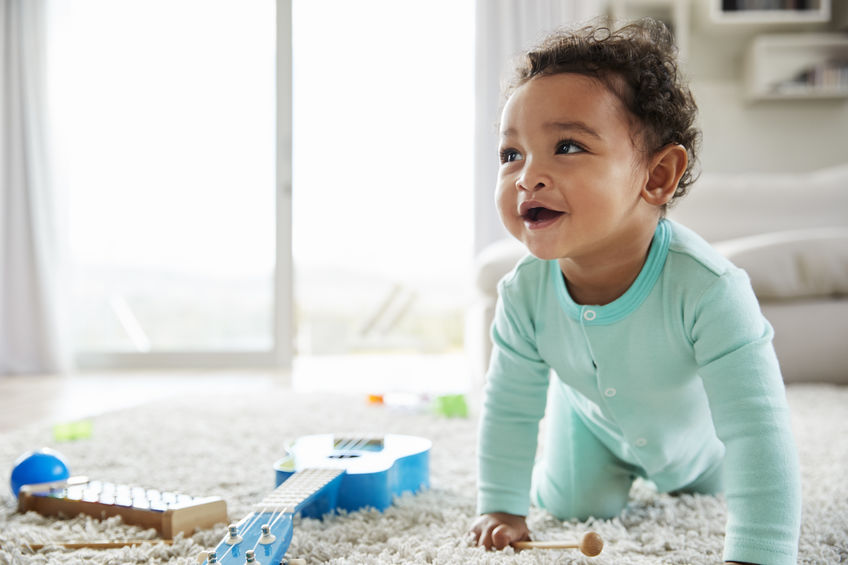
You are your child’s first teacher. Together you and your child will learn what is needed to support their learning to do things. Children’s inborn preferences and responses to experience, their temperament, will help guide you. It’s important to respect that there are tasks your child will dislike; you can help them gradually learn to do them through persistence and playfulness. For example, some children dislike putting on shoes, but they do need them to play outdoors. You can create a playful routine to put shoes on by giving each shoe a name and speak for them. Have a lively conversation between shoes about wanting to go play outside.
Your child’s developing self-control is the foundation of learning self care. Self-control enables them to slow down and do something carefully or speed up and quickly do things. Self-control begins to develop in the toddler years. You can encourage your child to learn how to do things like carefully put warm food in their mouths, or quickly walk across the street holding your hand by providing positive guidance. Positive guidance is a bit like Mary Poppins’ spoonful of honey. It distracts your child from their impulse to say ‘no!’ Use a short rhyme about blowing on warm foods to cool them – do it with them with a smile. With a cheerful, lively voice make it a game to hold your hand and trot across the street. The way you talk to your toddler becomes their inner voice, reminding them how to do things. You will encourage self-care skills when you talk about what your child is doing as they do it. You also promote self-control when you talk about feelings. “Your loud voice tells me you might be scared right now. It’s okay. I will sit with you.”
Positive guidance also means noticing and remarking on behaviors you want your child to do and overlooking those you don’t. The best reward for your child is your positive attention. So, give a high five as you say what they did – “You got Bobbie-shoe and Robbie-shoe ready to go outside! High-5!” Refrain from teasing and making unkind remarks when they make a fuss. Avoid replaying something they did wrong to them or to your co-parent. These lead to shaming and that undermines their confidence and competence. Reading picture books about feelings and behaviors is a great way to promote self-care and self-control. A story about someone else – a rabbit, bear, or another small child – allows for conversations about misbehavior and positive behavior without pointing the finger at your child.
Routines are the best way to offer positive guidance because a routine is consistent. Parents and children quickly become dependent on routines to get things done. Spontaneous routines sometimes just happen and in the moment they were created they worked. But, not all spontaneously created routines work in the long run. They can be inconvenient and become more and more elaborate as you and your child get at how to meet a need. Mealtime is a common place for these spontaneous solutions to occur and often lead to a very limited number of foods being acceptable over time. You can get ahead of a downward spiral by creating positive routines.
Routines to promote eating
Routines to promote sleep
Remember that you promote toddler self-care and self-control through daily routines. It’s an important part of what it means to be a parent. Toddlers learn best when you use consistent, positive guidance. Creating sustainable routines will balance your toddler’s needs with yours. Be intentional about what you want them to do. Toddlers are ready to cooperate and learn when you are calm and positive. So bring in songs rhythm and rhymes to make the routines enjoyable. As your child’s needs change, adapt their routines to promote new skills.
For more parenting support, join us for an Upcoming Live Workshop, browse our Libraries of Quick Video Solutions and check out our podcasts and other resources. Questions? Email us at Solutions@Peaceathomeparenting.com or learn more about our Corporate, School and NonProfit programs.